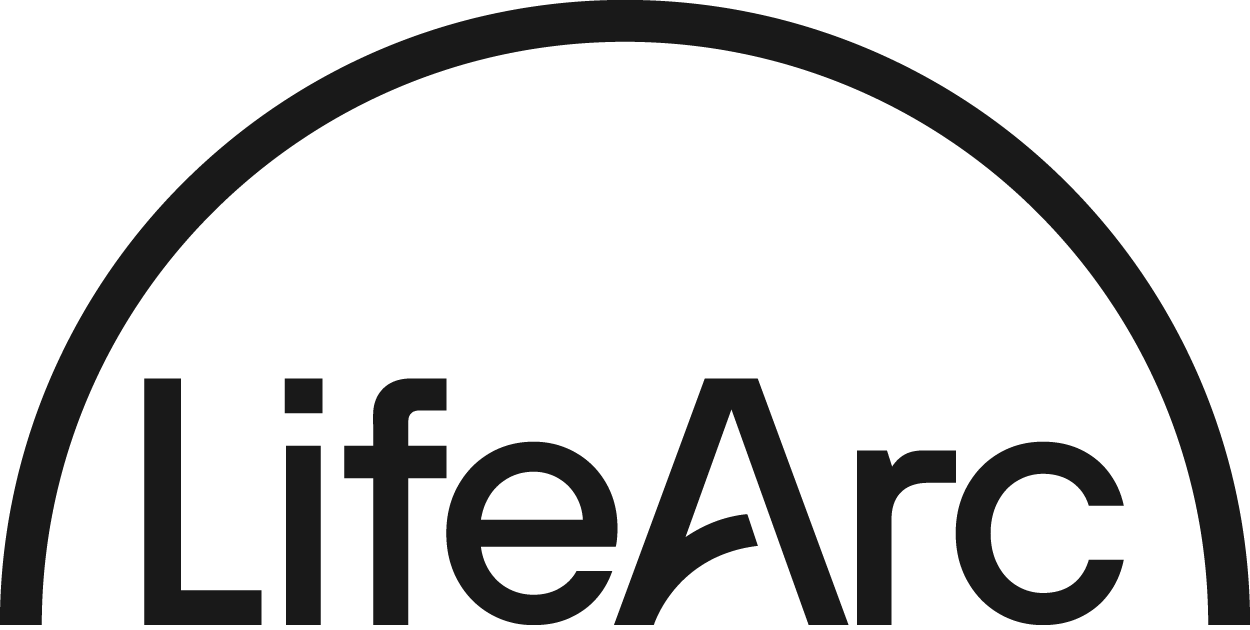Strengthening the WHO in the pandemic era by removing a persistent structural defect in financing
Background: The WHO’s success in its vital role is constrained by inadequate financial support from member states and overreliance on earmarked voluntary contributions, which erodes autonomy. The agency’s broad functions, including coordination among 194 members, cannot be performed by any other entity. However, despite experts’ well-articulated concerns that the agency’s legitimacy and authority in global health matters have been undermined, a decades-long freeze on member assessments means that WHO priorities are disproportionately influenced by a few powerful donors.
A structural defect: To overcome inertia in addressing well-known limitations, it may be helpful to consider the weaknesses in WHO’s financing mechanism as a persistent structural defect. This perspective strengthens the focus on corrections needed to remove the defect. In our view, the main features of the structural defect are the selfimposed constraints that foster the perception—if not the reality—that the agency’s legitimacy is compromised. These constraints include WHO’s inadequate level of financing; lack of direct control over 80% of its funds; and unbalanced participation, such that over 60% of financing originates from only 9 donors. With renewed commitment, however, member countries can remove these constraints.
Removing the structural defect: To meaningfully strengthen structural integrity of the financing mechanism, restore WHO’s autonomy, and minimize concerns about wealthy-donor supremacy, it will be necessary to define specific requirements and implement restrictions on financial contributions. We make five recommendations, including tripling total financing; ensuring that 70% or more of financial support derives from member assessments; limiting contributions from individual members to a maximum of 4% of total WHO financing; and limiting donations from individual partners to a maximum of 3% of total WHO financing (1% for earmarked donations). Although some might consider these measures impractical, they are justified by the magnitude of the crises the world faces, by member states’ increased economic strength in recent decades, and by the importance of shielding the WHO’s financing structure from perceived neocolonialism. This necessary step calls for an adjustment of priorities: the higher level of assessed contribution—from nearly all members regardless of wealth—required to reach the proposed targets would still represent only a small fraction of most members’ annual military expenditures.
AMR NEWS
Every two weeks in your inbox
Because there should be one newsletter that brings together all One Health news related to antimicrobial resistance: AMR NEWS!





